In Chicago, Tadao Ando Turned a Residential Building into an Art Gallery
The building, constructed in the late 1920s in Lincoln Park, was transformed by the architect, changing from four to three floors.
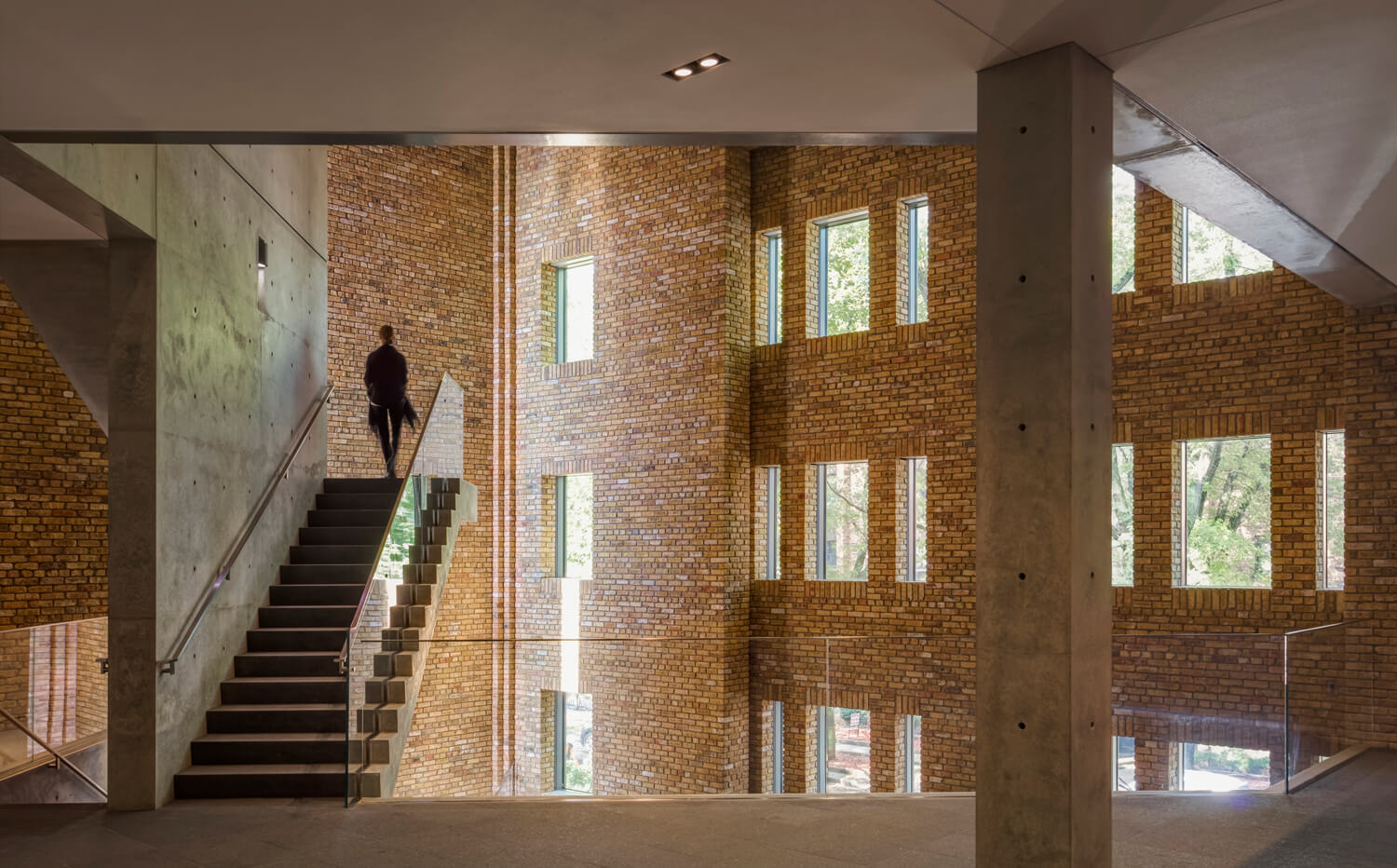
© Jeff Goldberg / Esto
At a first glance, nothing seems to have changed at 659 W Wrightwood Avenue. The red-brick façade with its Art Deco detailing still looks out onto the street. On closer inspection, however, there is a new floor perched just above the original roof of the building.
Tadao Ando, a former boxer turned master of contemporary architecture (he received the Pritzker Prize, the most prestigious award in the field, in 1995), completely transformed the structure of the building. It has changed from having four classic storeys to three floors with a covered terrace.
A mix of metal, brick and reinforced concrete
The space, named Wrightwood 659, is owned by entrepreneur Fred Eychaner and art historian Dan Whittaker. The interior is composed of metal, brick, large windows and reinforced concrete, making it a classic ‘Tadao Ando’ structure, and it now houses a gallery dedicated to socially and politically engaged art and architecture.
The first of its temporary exhibitions (the gallery does not have its own collections) celebrated the career of its creator in Ando and Le Corbusier: Masters of Architecture, which took place in December 2018. This was an illustration of the admiration that the Japanese architect harbours for the creator of the Cité Radieuse, who had a particular influence on his concrete work.
More information about Wrightwood 659 (2018), a project by architect Tadao Ando, can be found on the building’s website.
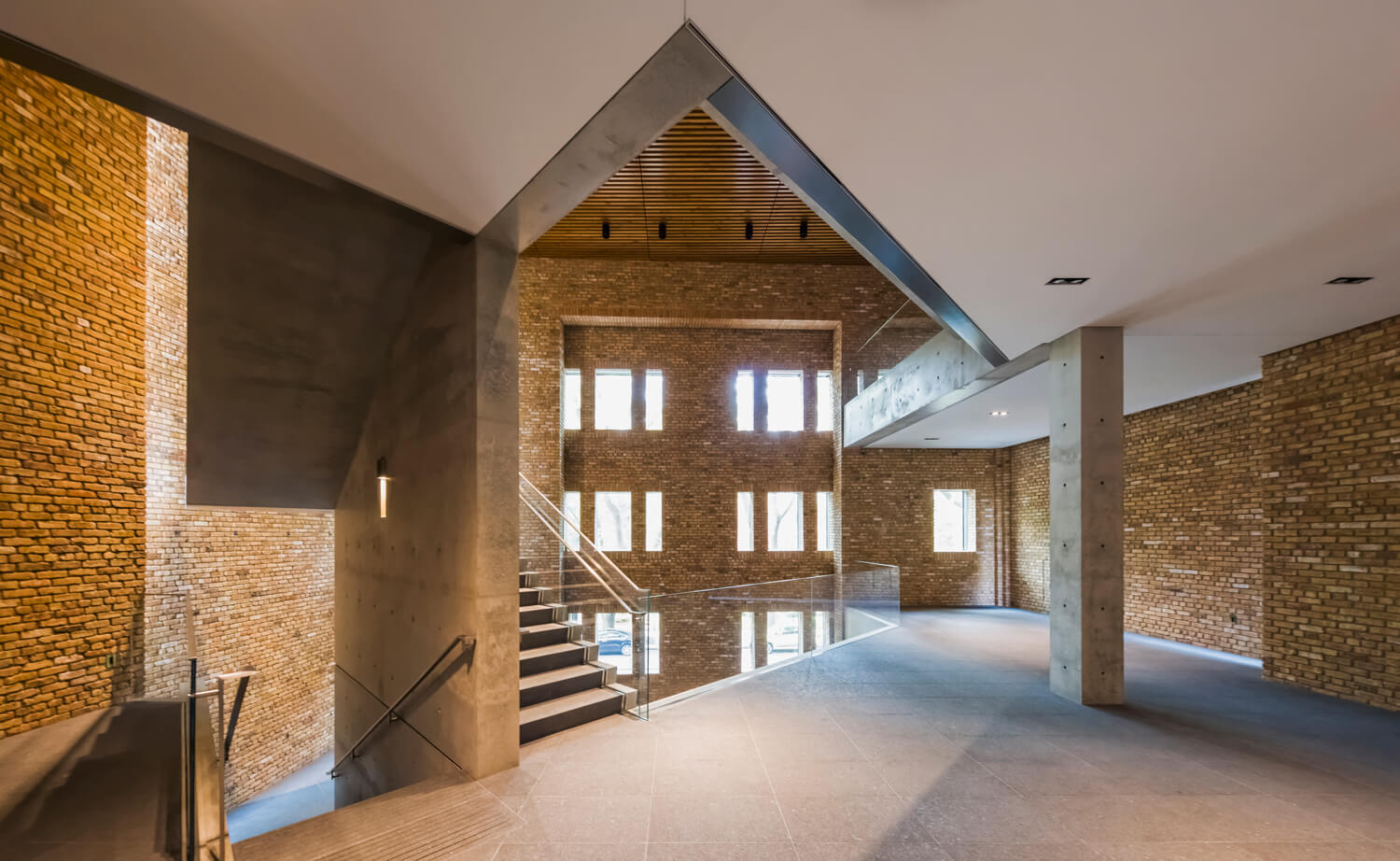
© Jeff Goldberg / Esto
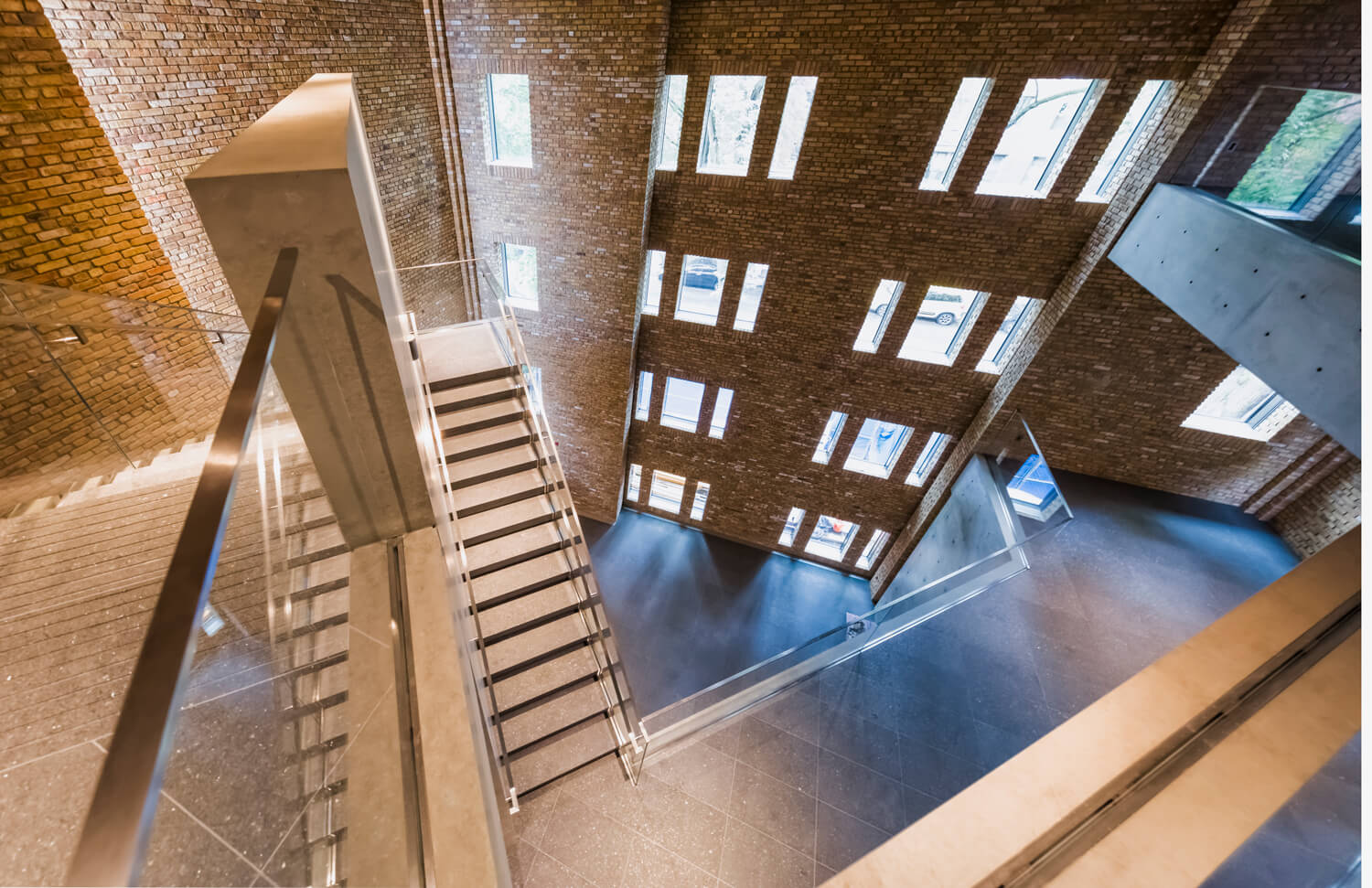
© Jeff Goldberg / Esto
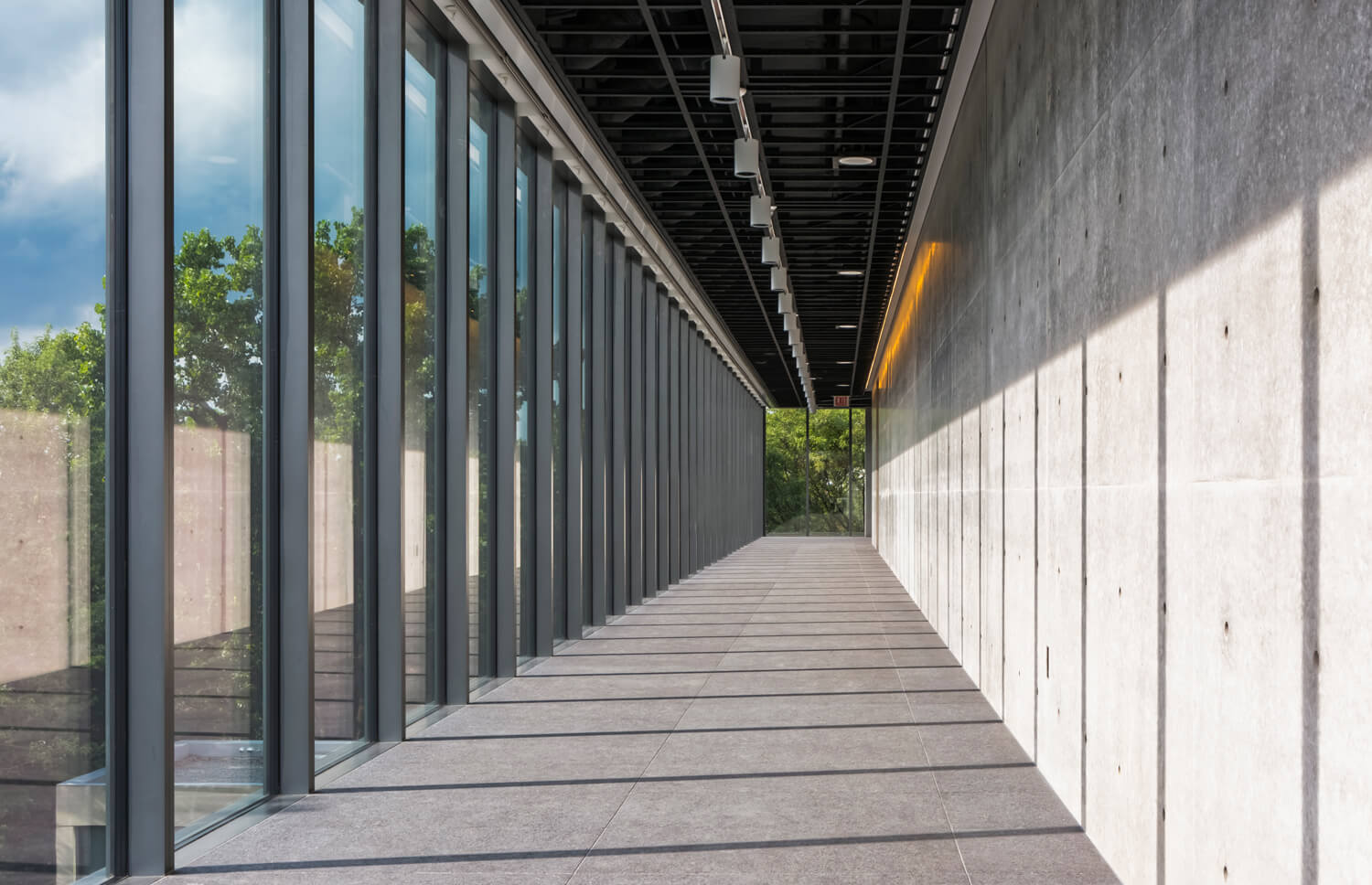
© Jeff Goldberg / Esto
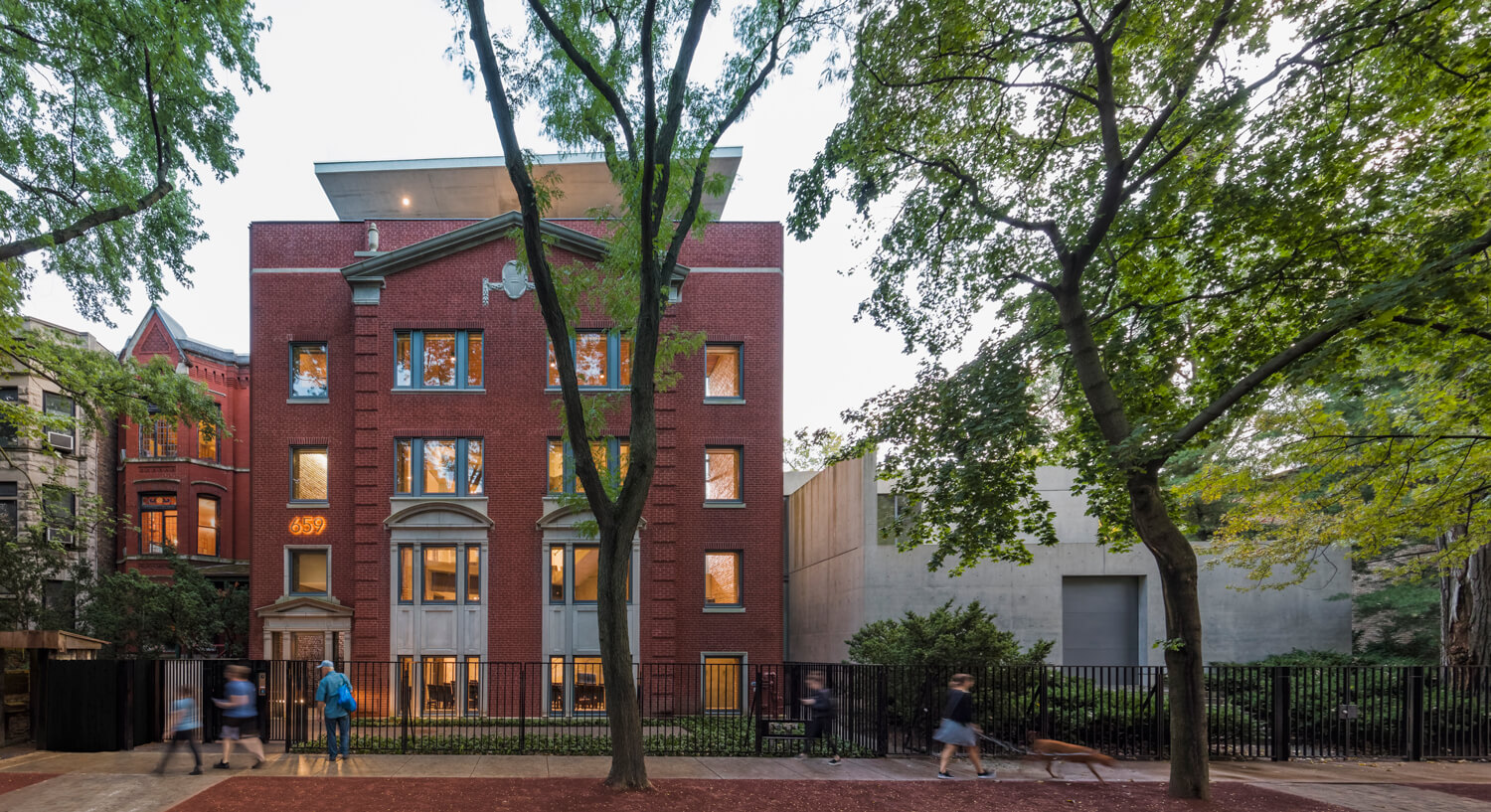
© Jeff Goldberg / Esto
TRENDING
-
The Tattoos that Marked the Criminals of the Edo Period
Traditional tattoos were strong signifiers; murderers had head tattoos, while theft might result in an arm tattoo.

-
Paris, Tokyo: Robert Compagnon
With his co-chef and talented wife, Jessica Yang, Robert Compagnon opened one of the top new restaurants in Paris: Le Rigmarole.
 3:31
3:31 -
Chiharu Shiota, Red Threads of the Soul
Last year, more than 660,000 people visited the retrospective 'Chiharu Shiota: The Soul Trembles' exhibit at the Mori Art Museum.

-
‘Before Doubting Others, Doubt Yourself. Who Can Truly Say a Dish Isn’t What It Used to Be?’
In ‘A Non-Conformist’s Guide to Surviving Society’, author Satoshi Ogawa shares his strategies for navigating everyday life.

-
The Story of Sada Yacco, the Geisha who Bewitched Europe
Described by Dazed magazine as the first beauty influencer, she has been restored to her former glory since 2019.





